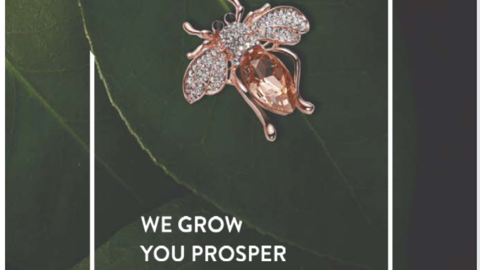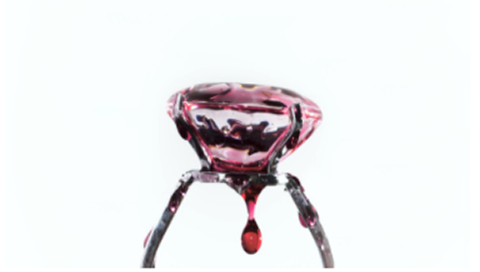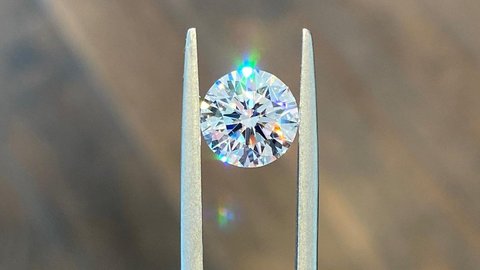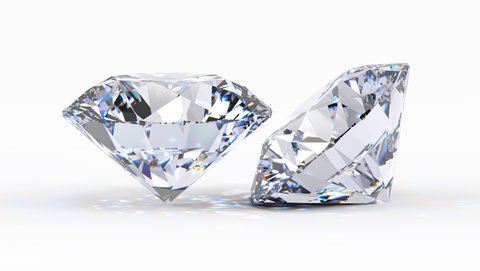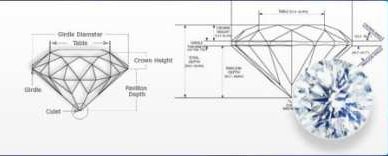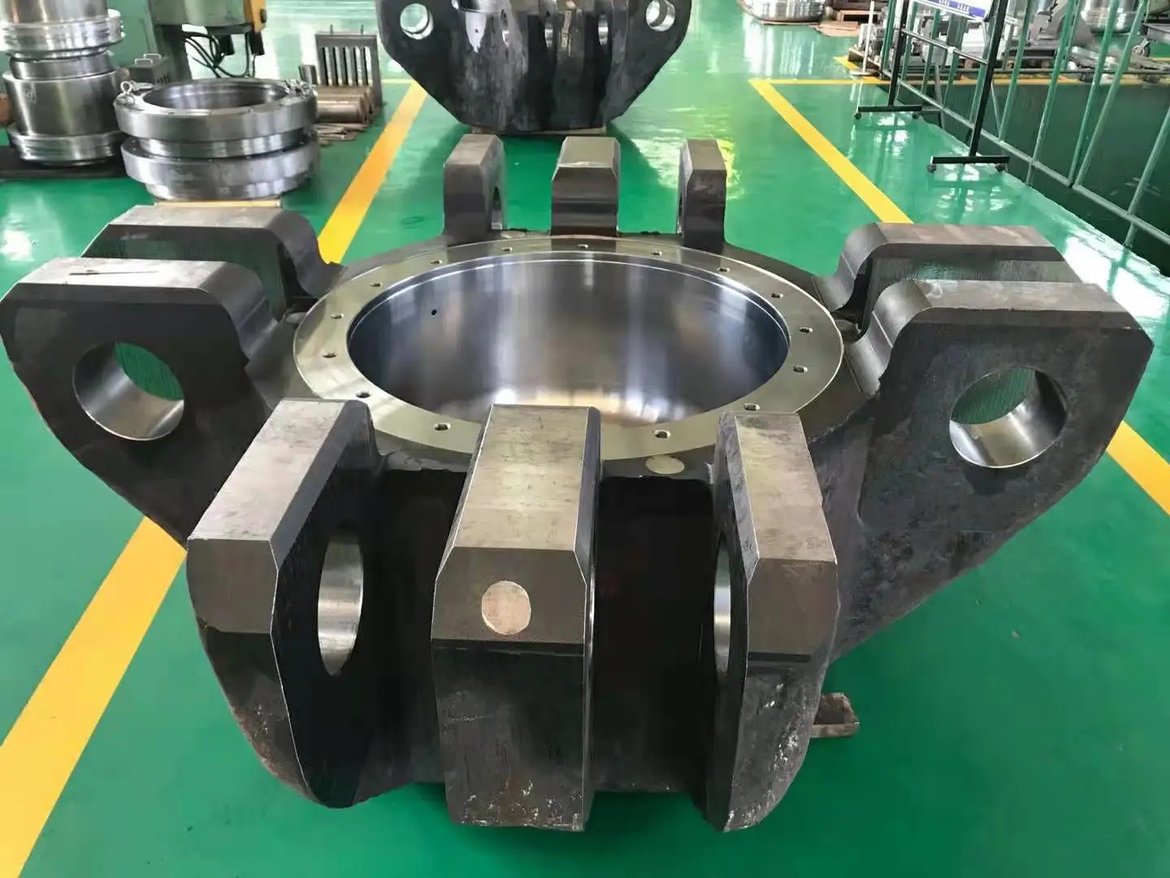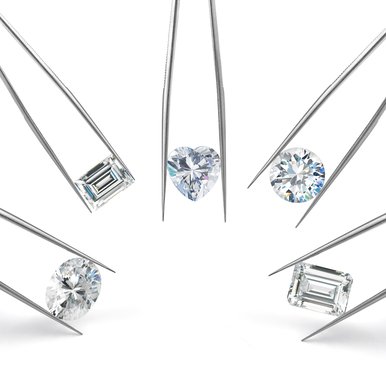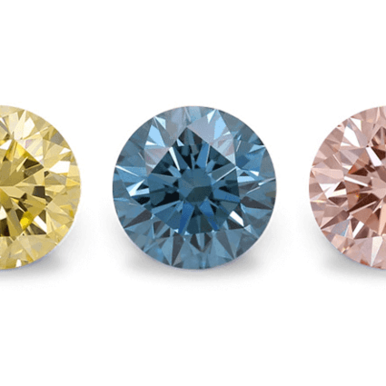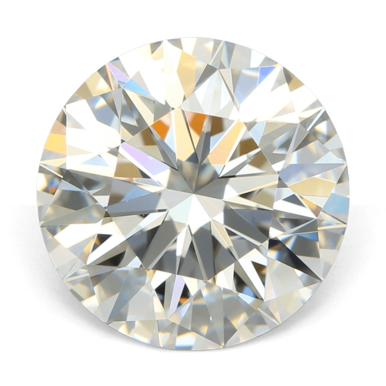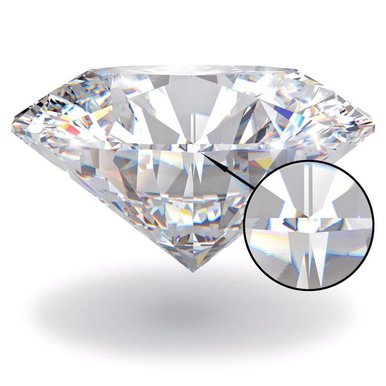A Diamond Grower’s Perspective: Timelines for Lab-Grown Diamond Creation
Diamond growers utilize advanced technology to cultivate sparkling lab-grown diamonds. But how long does it actually take to grow one of these man-made diamonds from start to finish? Let’s take a sneak peek into the production process and learn about typical timeframes required to create our lab diamonds.
Some Production Timelines
Considering all phases from seed to finished product, current production timelines generally are:
HPHT Diamond growth timeline
Here is a table with the typical timeframes for production of HPHT diamonds:
| HPHT Rough Diamond Weight | Production time-frame |
|---|---|
| 1 carat | 2-3 days |
| 2 carat | 4-5 days |
| 3 carat | 5-9 days |
| 4 carat | 9-12 days |
As the carat weight of HPHT diamonds increases, the production times also lengthen. The growth process for rough 1-carat HPHT diamonds typically takes around 3 days. For 2-carat diamonds, the timeframe extends to about 5 days. The growth process slows for larger stones.
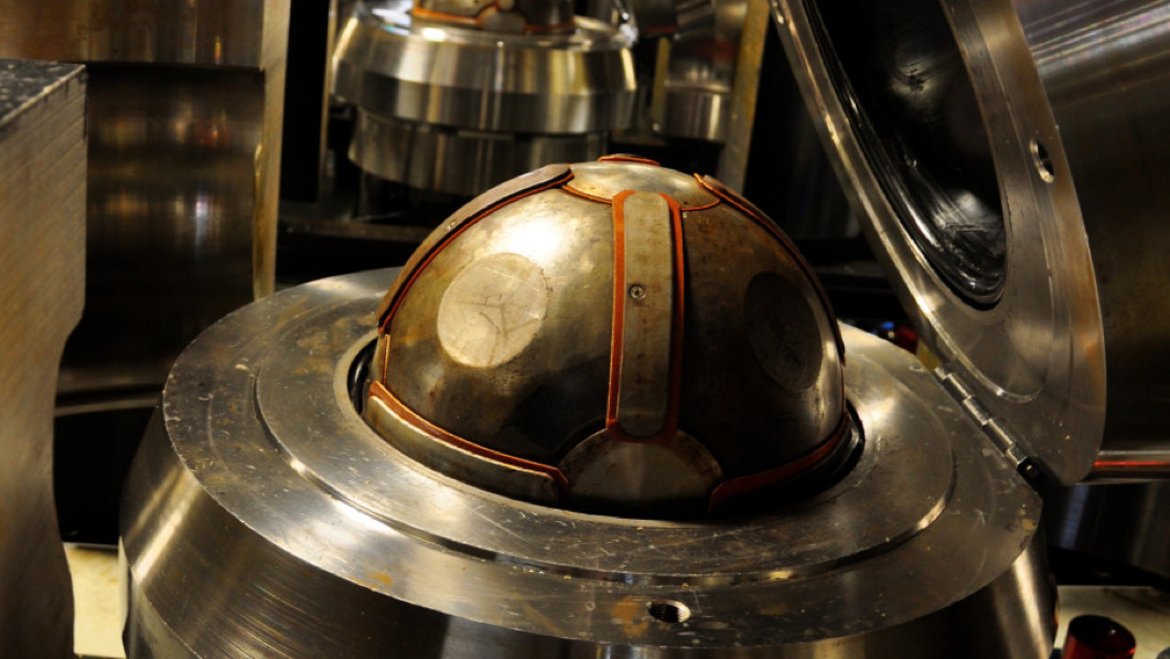
CVD Diamond growth timeline
Here is a table with typical timeframes for production of larger size CVD diamonds:
| CVD Rough Diamond Weight | Timeframe for Production |
|---|---|
| 1 carat | 7-8 days |
| 2 carat | 9-10 days |
| 3 carat | 10-14 days |
| 4 carat | 14-19 days |
For CVD diamonds, the production times increase more substantially with rising carat weights compared to HPHT diamonds. A 1-carat rough CVD diamond takes approximately 1 week to produce. The growth process is longer for larger diamonds, requiring approximately 10 days for rough 2-carat size stones.
Variables like quality attributes do impact overall timeframes as well. But in general, multi-carat CVD diamonds have extended production schedules, sometimes 2 times longer than equivalent HPHT diamonds. This is due to slower crystalline growth patterns under low pressure CVD parameters.





